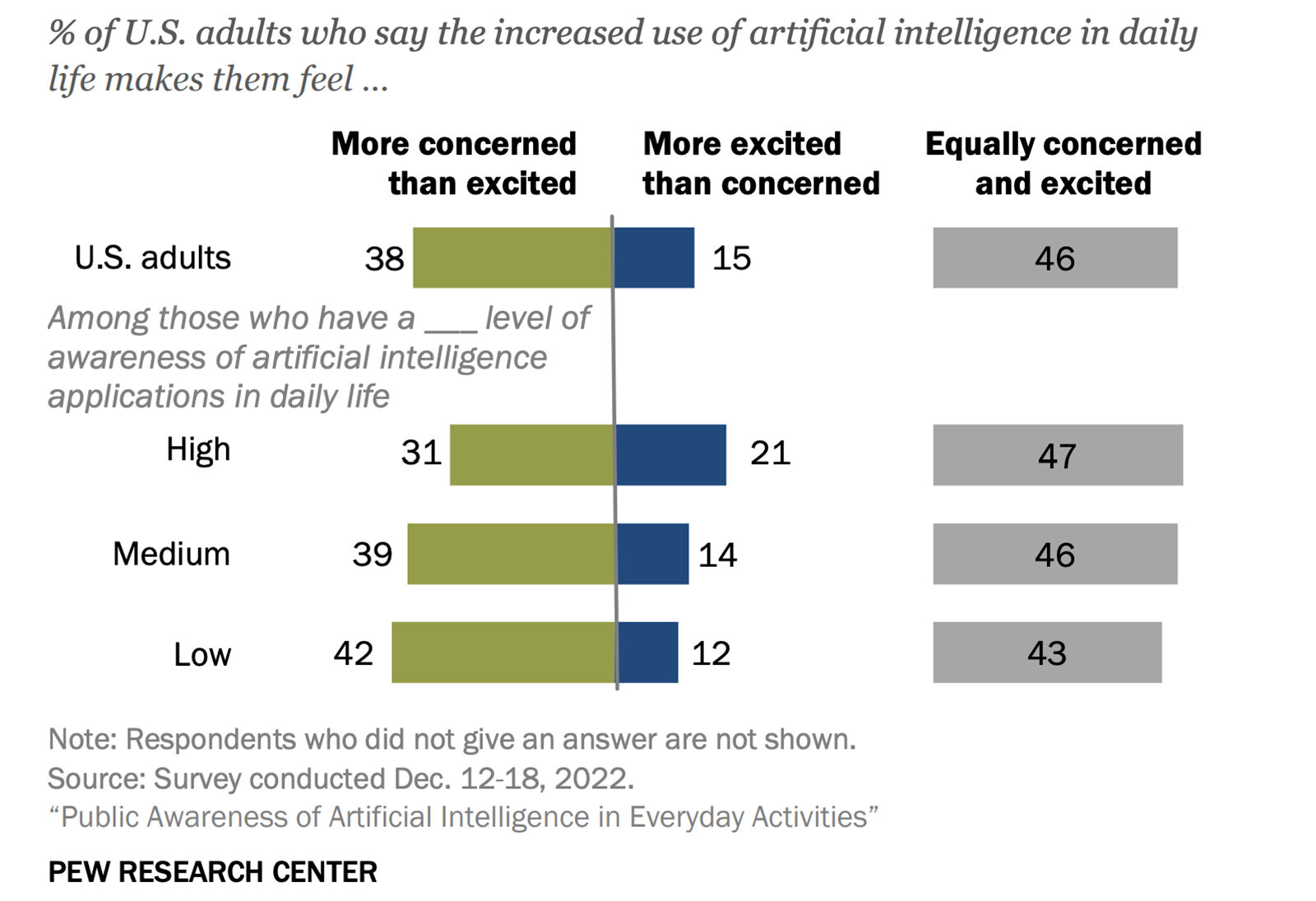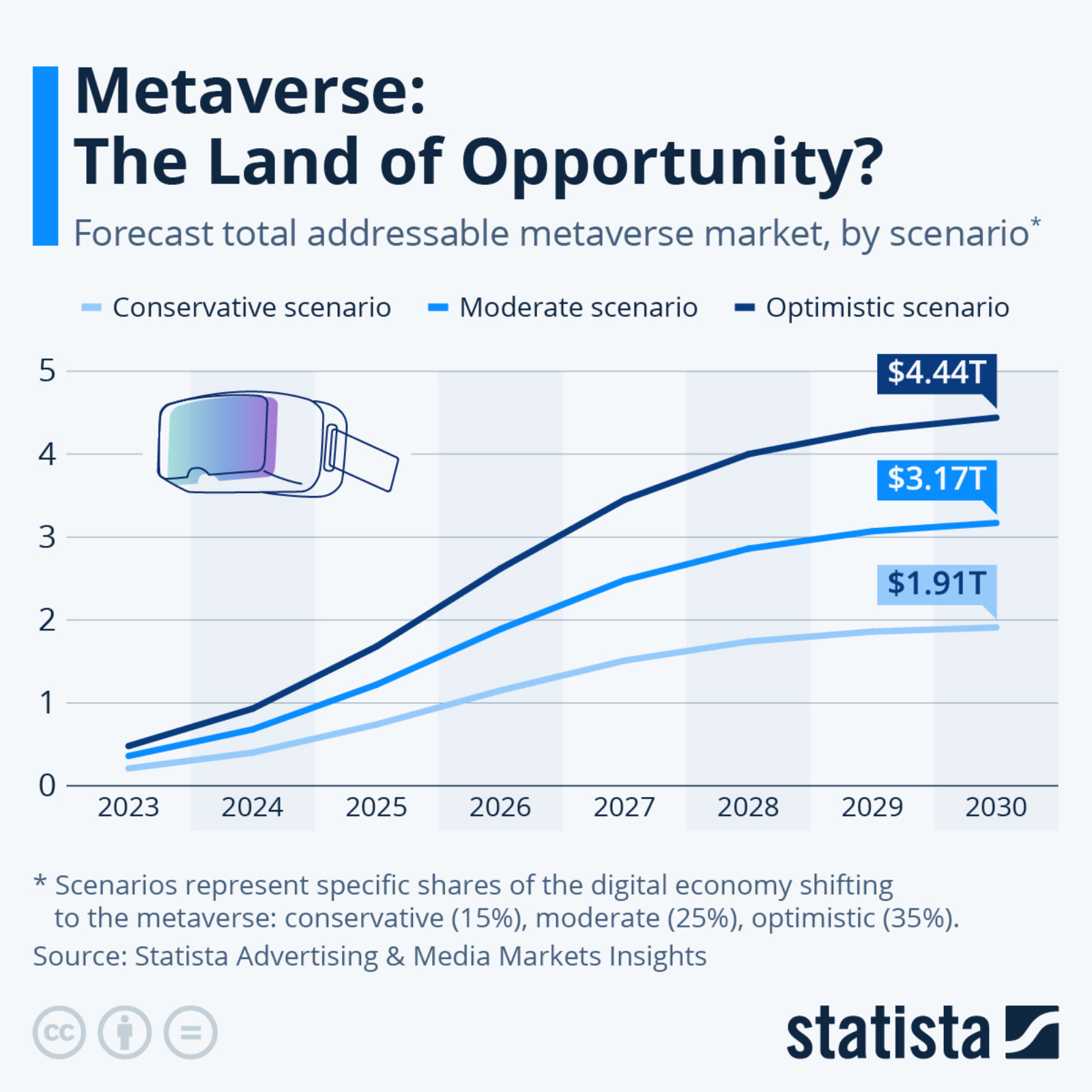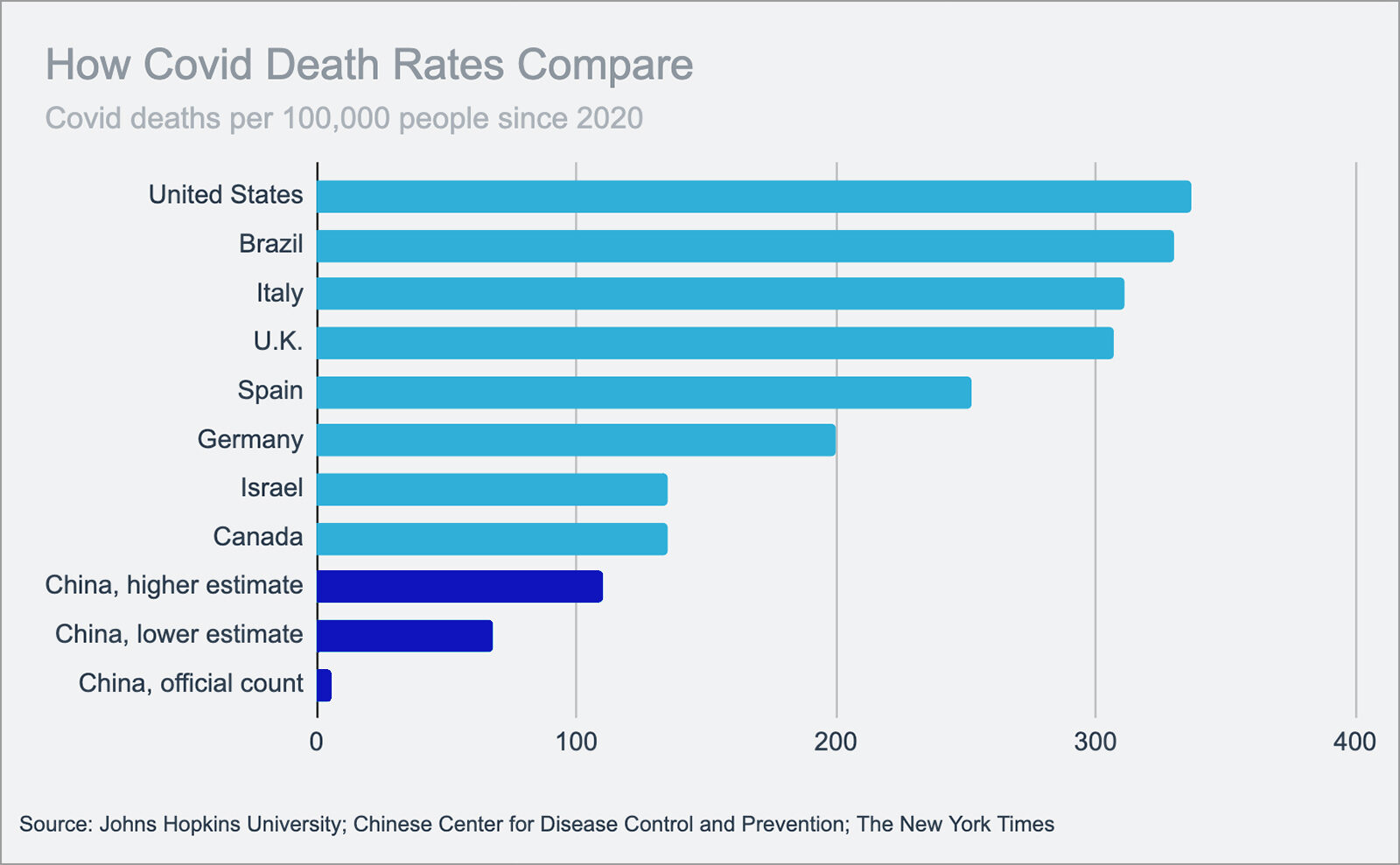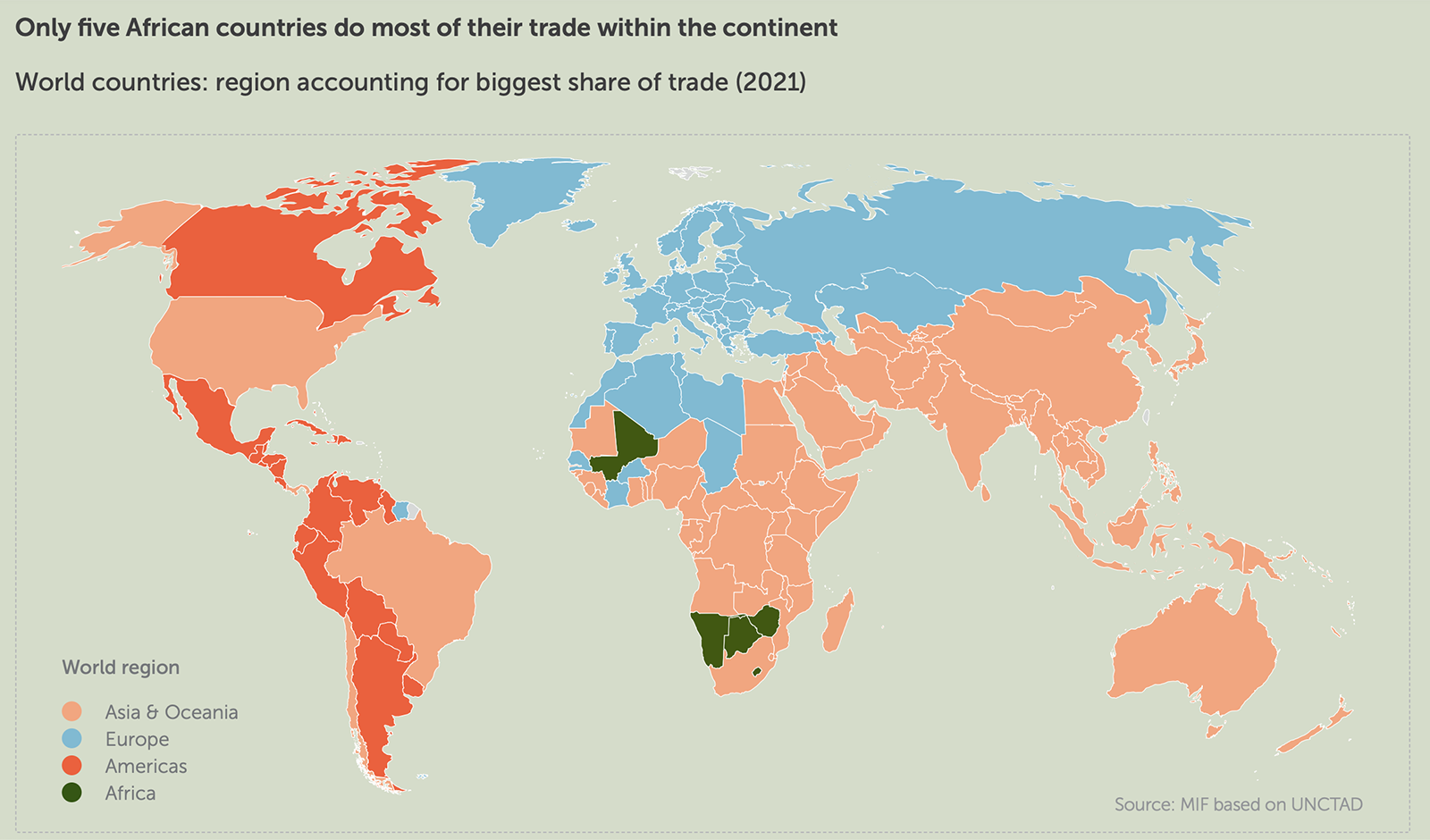Delta Variant Threatens Global Trade Recovery
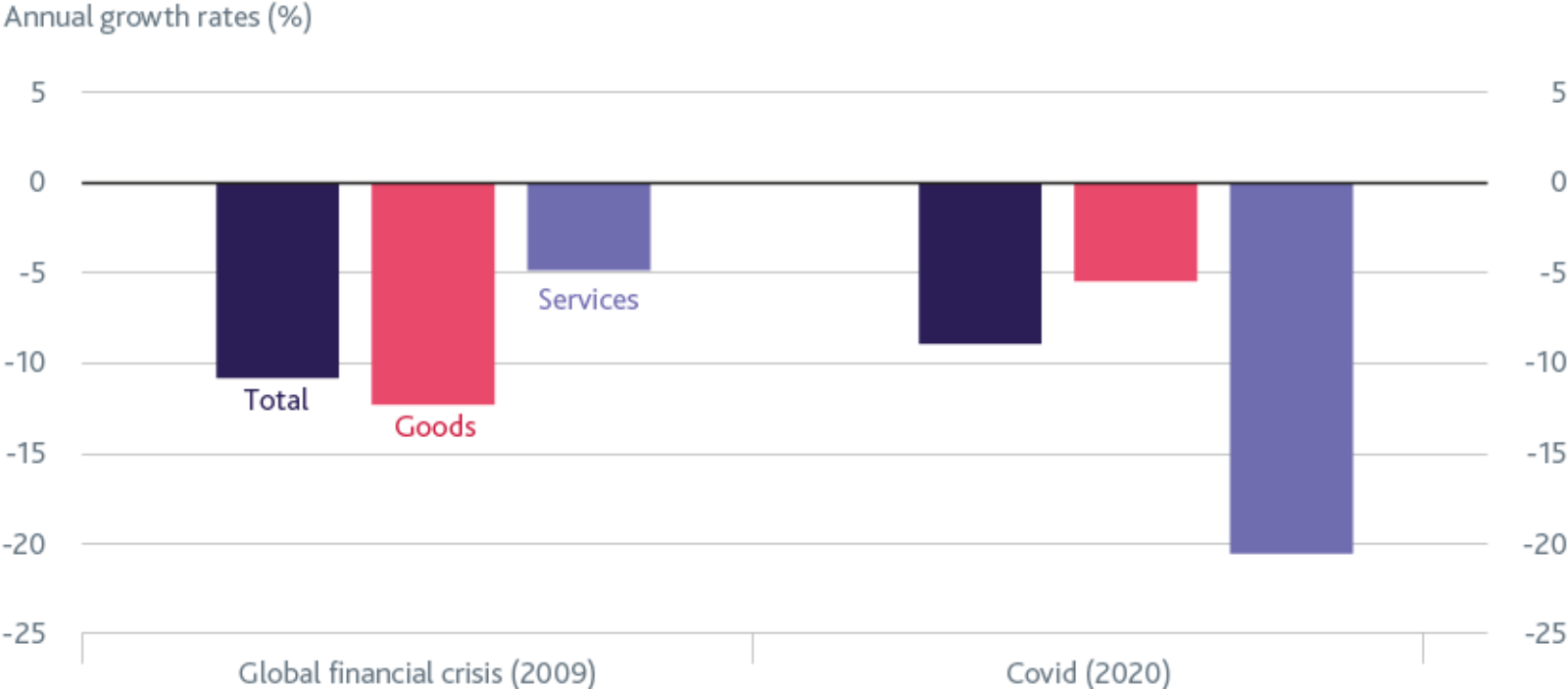
Source: Bank of England
Global service trade experienced almost four times the decline compared to goods trades last year. Service trade fell by more than 20% from COVID-related disruptions, according to the Bank of England.
Although service trade only accounts for a quarter of global trade, it represents the majority in advanced economies. Goods trade recovered quicker than service trade because factory shutdowns were relatively limited. There was also a surge in demand for durable goods, such as furniture and appliances, that balanced out the initial loss in goods trade.
Worldwide, global trade fell by 8.9% in 2020, but trade disruptions varied across each country. For instance, China’s trade recovery was much stronger than in other regions due to the robust reopening of its domestic supply chains. However, China’s third-busiest cargo port had to partially close due to COVID-19 cases, as the Delta variant threatens China’s recovery — and international trade altogether.


